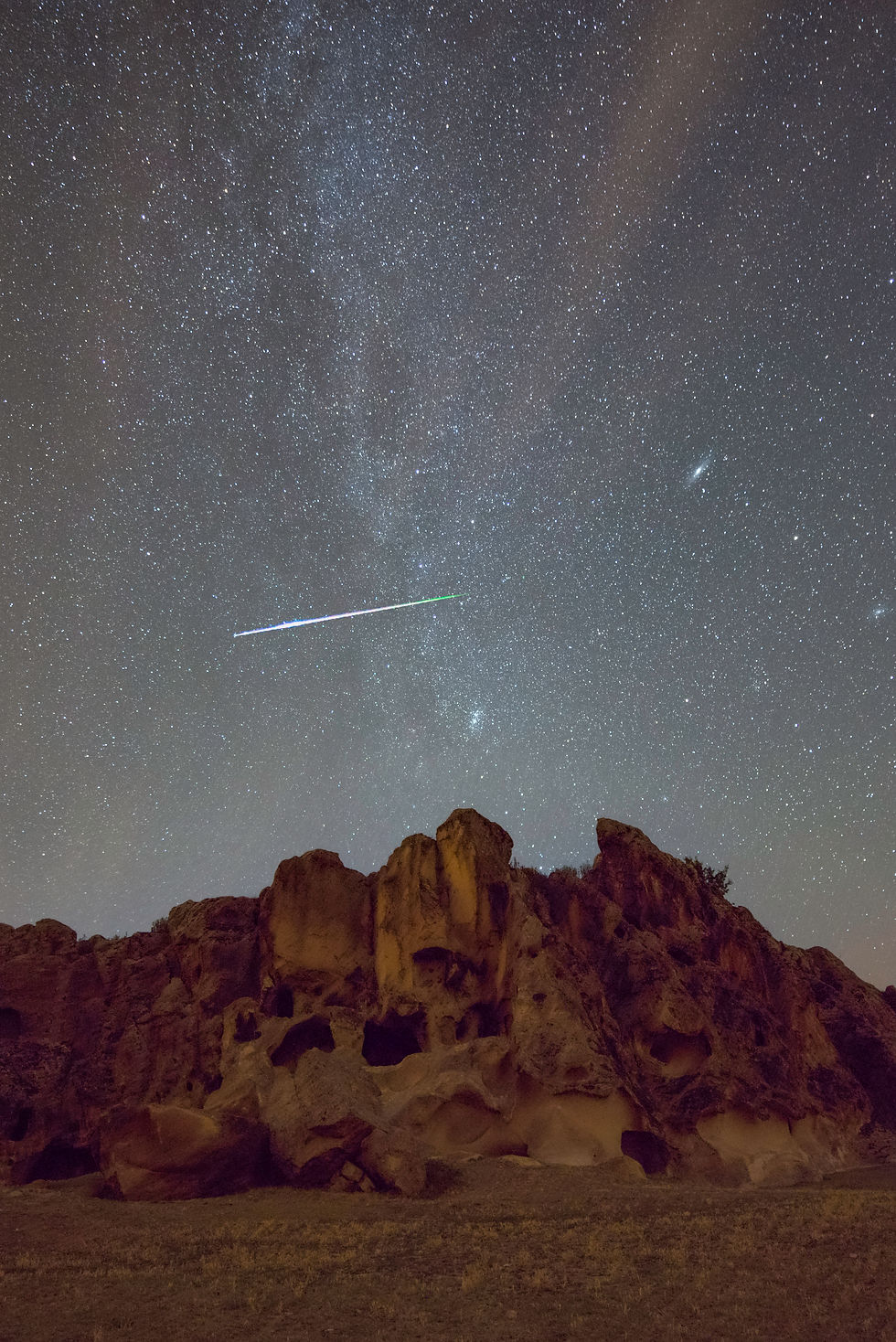Perseid Meteor Shower 2025: What to Expect and How to Watch
- Stellar Xperiences
- Aug 11, 2025
- 2 min read

The Perseid meteor shower, one of the most anticipated celestial events of the year, is back this August. Caused by Earth passing through debris left behind by Comet Swift–Tuttle, the Perseids are known for producing fast, bright meteors with long trails.
This year, the shower will peak on the night of August 12 to the early hours of August 13. However, there's a small catch: the Moon will be almost full during the peak, which will significantly brighten the sky and reduce the number of visible meteors. On darker years, skywatchers can see up to 80–100 meteors per hour during the peak, but this year, that number will likely be lower due to the lunar glare.
How to Watch the Perseids
Despite the bright Moon, there are still ways to enjoy the Perseids:
Find the darkest sky possible, away from city lights.
Give your eyes 20–30 minutes to adjust to the dark — avoid looking at screens.
Look up after midnight, when the radiant (in Perseus) climbs higher in the sky.
Face away from the Moon to reduce glare and improve contrast.
Even if you don't catch as many meteors, just being under a summer sky and witnessing even a few streaks of cosmic dust is a rewarding experience.
Tips for Astrophotographers
For those who want to capture the Perseids on camera, here are a few basic tips — especially useful under bright Moon conditions:
Use a wide-angle lens with a fast aperture (f/2.8 or wider).
Set a high ISO (1600–3200) and a shutter speed between 4-10 seconds — balance noise with motion blur.
Avoid pointing directly at the Moon — aim at darker sections of the sky.
If possible, include a foreground element (trees, rocks, landscapes) to add depth and context.
Use an intervalometer or built-in timer to shoot continuously and increase your chances of catching a meteor.
With patience and a bit of luck, you might still capture some memorable frames.






Comments